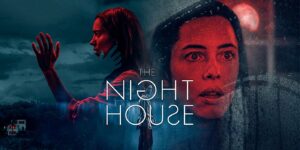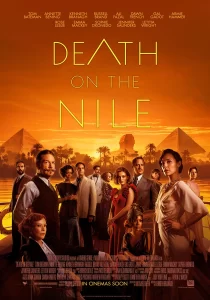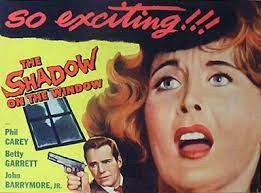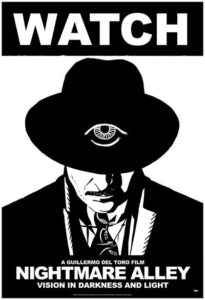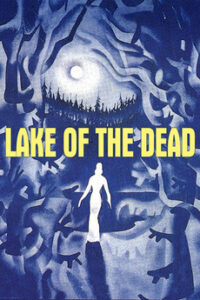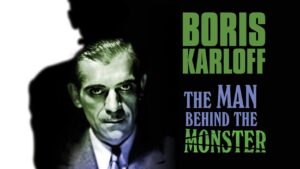I’ve been busy the last two weeks looking after my sweetie-wife and her hip replacement but now I am back for regular updates.
Saturday evening, we watched the Swedish film and debut feature from director/writer Adam Berg, Black Crab.
Noomi Rapace stars as Caroline as woman impressed into military service in the near future and on the losing end of a bloody atrocity filled war in the far north of Scandinavia. She joins a  small squad and their near suicidal mission to cross frozen seas carrying mysterious cannisters that will determine the fate of the war. However, her motivation isn’t from duty or patriotism but rather to reunite with the daughter she lost at the start of the war and who is now at the location the cargo must be delivered to.
small squad and their near suicidal mission to cross frozen seas carrying mysterious cannisters that will determine the fate of the war. However, her motivation isn’t from duty or patriotism but rather to reunite with the daughter she lost at the start of the war and who is now at the location the cargo must be delivered to.
The cinematography and sound design of Black Crab are impeccable. The beauty, stillness, and constant danger of their quest is captured in image and sound that resonate even on the small screen. The squad tactic and firearm utilization look at appear grounded and realistic with Berg avoiding cliche displays of impossible skills but rather turning a more harrowing portrayal of what a firefight must actually be like. Rapace delivers a subtle and nuanced performance that always remind the viewer of his conflicted and troubled character without a need scenery chewing.
Ber and co-writer Pelle Radstrom made some interesting choices that I think were done to keep the piece apolitical. The characters speak in Swedish, but their location is the far northwest coast of Norway, and the ‘enemy’ is never seen clearly or is their nationality identified. The greater political motivations of the war are utterly irrelevant to the Rapace’s character and are therefore absent from her story.
Halfway through the film a mild science-fictional elements is introduced and drives nearly everyone’s motivation from that point onward save for Rapace and her absolute need to reunite with her daughter.
Black Crab’s greatest weakness is the film’s final act. The set-up and action unfolds in a manner that makes the story ultimate resolution both predictable and cliche. The film’s message appears to be that war is a stupid suicidal affair both for individuals and humanity in general. Hardly an original premise. However, I do not regret the less than two spent watching Black Crab, and your mileage may of course vary.
Black Crab is currently streaming on Netflix.

